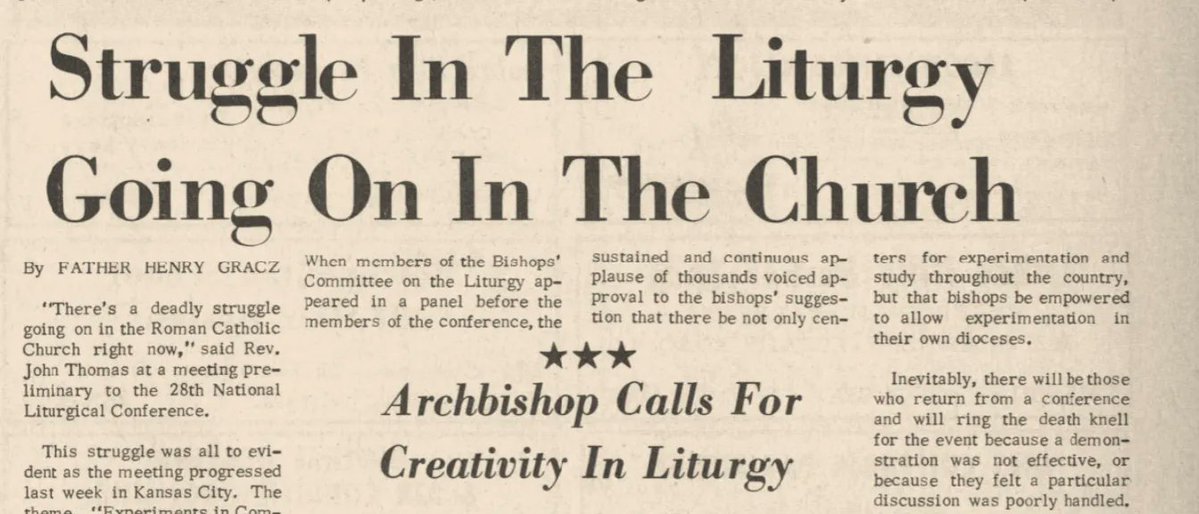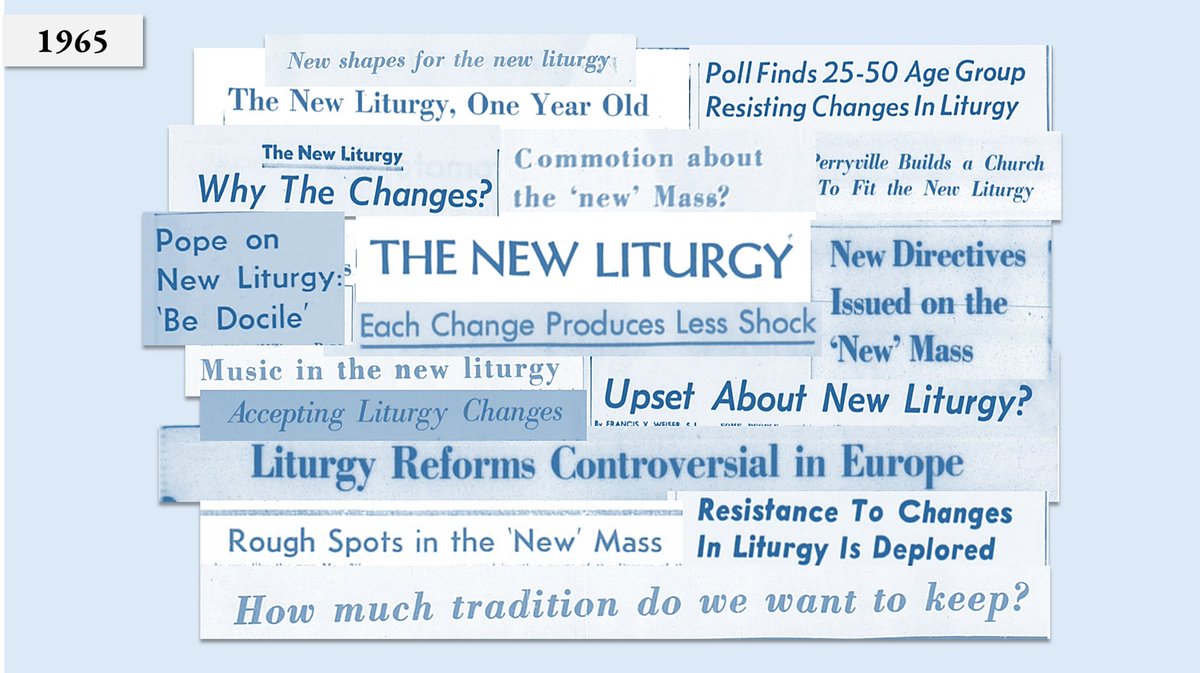Thanks to this awesome theme chosen by @USNatArchives, I pulled together a brief thread of neat Catholic maritime historical vignettes
Check it out! 🧵
1⃣ First Mass on a submerged nuclear sub, 1958
#ArchivesUnderTheSea
#CatholicSeafarers
🌊🚢⚓️⛪️📚
Check it out! 🧵
1⃣ First Mass on a submerged nuclear sub, 1958
#ArchivesUnderTheSea
#CatholicSeafarers
🌊🚢⚓️⛪️📚
https://twitter.com/USNatArchives/status/1664604646000787457

2⃣ Rev. John Francis Laboon, SJ appointed as first naval chaplain for a US nuclear missile submarine, 1959
#ArchivesUnderTheSea
#CatholicSeafarers
🌊🚢⚓️⛪️📚
#ArchivesUnderTheSea
#CatholicSeafarers
🌊🚢⚓️⛪️📚

3⃣ Christmas Midnight Masses aboard Polaris nuclear submarines, 1962
#ArchivesUnderTheSea
#CatholicSeafarers
🌊🚢⚓️⛪️📚


#ArchivesUnderTheSea
#CatholicSeafarers
🌊🚢⚓️⛪️📚



4⃣ 12 American nuns rescued from Japanese-occupied Bougainville by the submarine USS Nautilus, 1943
#ArchivesUnderTheSea
#CatholicSeafarers
🌊🚢⚓️⛪️📚

#ArchivesUnderTheSea
#CatholicSeafarers
🌊🚢⚓️⛪️📚


5⃣ Invention of 'Donnelly buoyancy boxes' thought to produce "unsinkable" ships to break German U-boat threat, 1918.
#ArchivesUnderTheSea
#CatholicSeafarers
🌊🚢⚓️⛪️📚


#ArchivesUnderTheSea
#CatholicSeafarers
🌊🚢⚓️⛪️📚



6⃣ During "Operation Hideout", the USS Haddock was submerged for 60 days and the crew exposed to high levels of CO2 as a physiological test. A priest boarded via underwater tube every Sunday to say Mass, 1953.
#ArchivesUnderTheSea
#CatholicSeafarers
🌊🚢⚓️⛪️📚
#ArchivesUnderTheSea
#CatholicSeafarers
🌊🚢⚓️⛪️📚

7⃣ These Catholic submarine chaplains were stationed at the US Submarine Naval Base in New London, Connecticut (part of the Diocese of Norwich).
#ArchivesUnderTheSea
#CatholicSeafarers
🌊🚢⚓️⛪️📚

#ArchivesUnderTheSea
#CatholicSeafarers
🌊🚢⚓️⛪️📚


Ok, I think that's a wrap on this @USNatArchives #ArchivesHashtagParty. Thanks for following along!
Come back next week for a very special maritime hand missal on #MissalMondays!
Come back next week for a very special maritime hand missal on #MissalMondays!
• • •
Missing some Tweet in this thread? You can try to
force a refresh
















